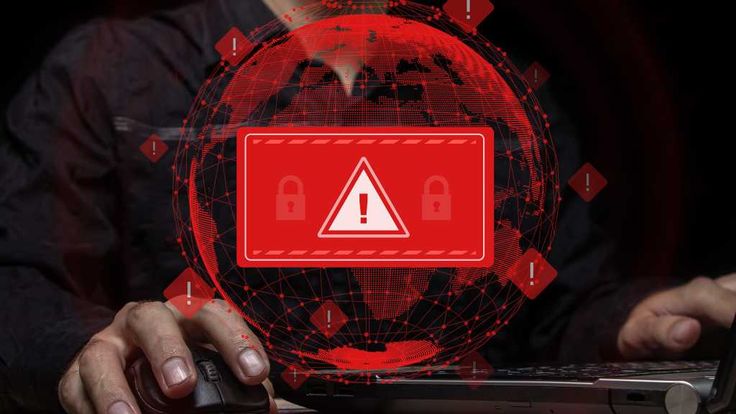
Common Cyber Threats to Watch Out For
- Phishing: This is when a scammer tries to trick you into giving them your personal information. They’ll often send an email that looks like it’s from a trusted company, like your bank or a social media site, and ask you to “verify” your account by clicking a link and entering your password. Always be suspicious of unexpected emails asking for personal data.
- Malware: This is short for malicious software. It’s designed to damage your computer or steal your information. It can sneak onto your device through infected websites, email attachments, or even fake apps.
- Ransomware: A particularly nasty type of malware, ransomware locks you out of your own files and demands a payment (a ransom) to restore your access.
- Weak Passwords: This is one of the easiest ways for hackers to get into your accounts. Passwords like “123456” or “password” can be cracked in seconds.
Simple Steps to Boost Your Digital Security
Protecting yourself isn’t complicated. By following these simple tips, you can significantly reduce your risk of becoming a victim.
1. Strong Passwords are Your First Line of Defense
Use unique, complex passwords for every single account. A strong password should be at least 12 characters long and include a mix of uppercase and lowercase letters, numbers, and symbols. To manage them all without a headache, use a password manager. It’s a secure way to store and generate strong passwords for you.
2. Turn on Two-Factor Authentication (2FA)
Think of two-factor authentication as a second lock on your digital door. Even if a hacker gets your password, they can’t get into your account without the second code, which is usually sent to your phone or email. Most major services like Google, Facebook, and your bank offer 2FA, so turn it on wherever you can.
3. Be Cautious About What You Click
Don’t click on links or open attachments from people you don’t know. If an email seems suspicious, even if it looks like it’s from a friend or a company you trust, go directly to their official website instead of using the link in the email.
4. Keep Your Software Updated
Software updates aren’t just for new features; they often contain critical security patches that fix vulnerabilities hackers can exploit. Always update your operating system (like Windows or macOS), your web browser, and any other applications as soon as new updates are available.
5. Use Security Software
Install and maintain reputable antivirus and anti-malware software on your devices. These programs can detect and remove threats before they cause any damage.
6. Secure Your Wi-Fi Network
Make sure your home Wi-Fi network has a strong, unique password. Public Wi-Fi networks in coffee shops or airports are often not secure, so avoid accessing sensitive information like your bank account while using them. If you need to, use a Virtual Private Network (VPN) to encrypt your data.
